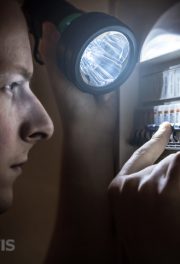Paul Davis Restoration of Idaho
Full Service Water, Fire & Mold Cleanup + Restoration Specialists
Find Your Local Paul Davis
Find Your Local Paul Davis
Proudly Serving all of Idaho
clear

Featured Blog


YOUR LOCAL PAUL DAVIS IS HERE FOR YOU
YOUR LOCAL PAUL DAVIS IS HERE FOR YOU
Our impressive team of restoration specialists will handle returning your property and home back to their pre-damaged state. You can reach out to your local Paul Davis franchise at:
Paul Davis Restoration of Idaho
200 N Baltic Pl Suite #101
Meridian, ID 83642
200 N Baltic Pl Suite #101
Meridian, ID 83642
Proudly Serving ZIP Code Location
Clear
Paul Davis Has You CoveredPaul Davis Has You Covered


